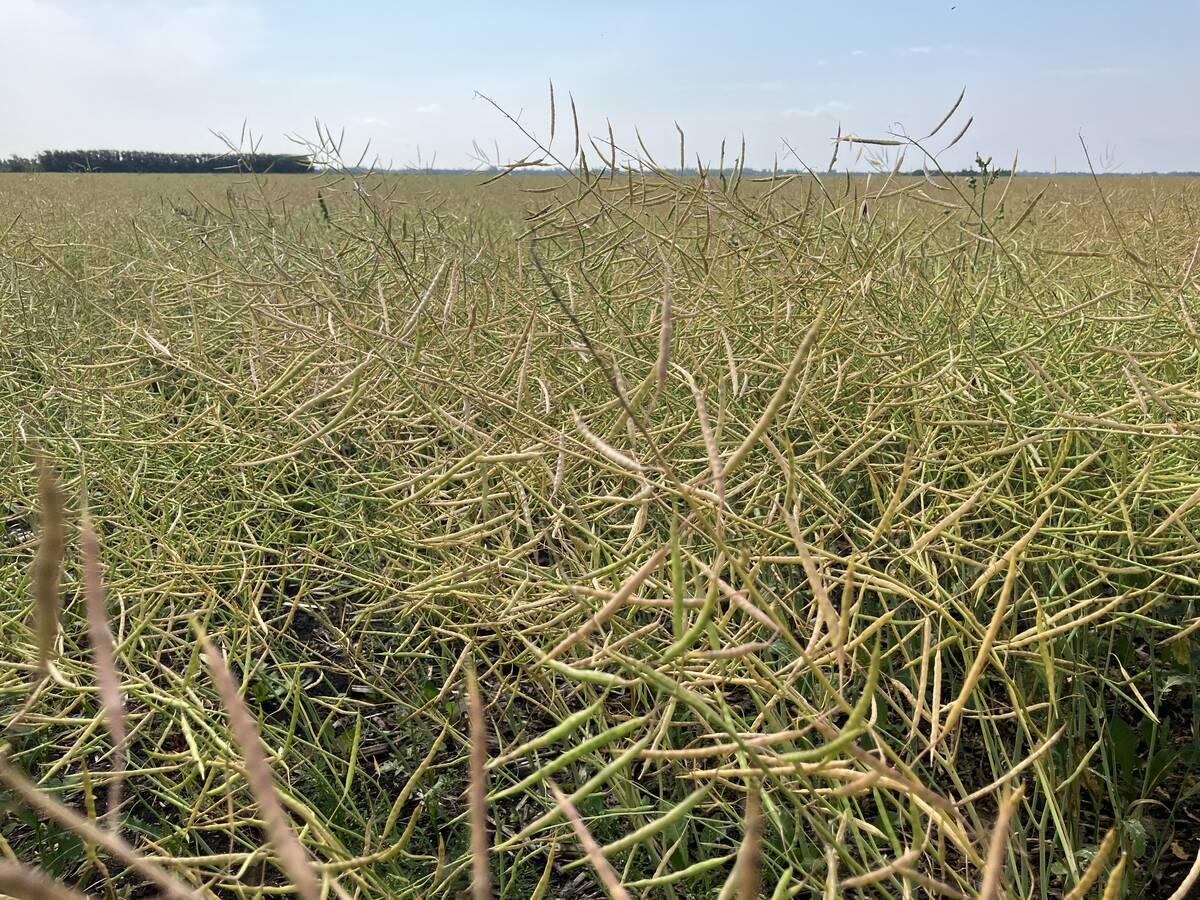EDMONTON – The switch from imported beef to Canadian beef to use up product from cull cows may be good in theory, but it hasn’t been without hassles, say processors who are used to imported beef.
“We’ve gone mostly all Canadian now and it’s been quite difficult actually,” said Steve Holland, production co-ordinator with J.D. Sweid Ltd., which supplies hamburgers to large chains like Burger King, Wendy’s and Dairy Queen.
“It’s just been a mess,” said Holland of Burnaby, B.C., who added his company couldn’t find a steady supply of Canadian meat to fill its customers’ orders.
Read Also

South American soybeans will have less impact on canola
South American production will, as usual, affect the global oilseed market, but Canadian canola is on the outside looking in until it can get China back or find alternative buyers.
Before, the company had a steady supply of frozen imported beef coming to its plant as regular as clockwork.
Now, in an effort to support Canadian cattle farmers, the large hamburger chains have requested Canadian beef be used. And Holland can’t find enough beef to keep up with his orders.
“We keep running out,” said Holland, who added that some hamburger chains have been forced to take fewer hamburgers.
“We’ve barely been able to keep up.”
Mark Cator, president and chief executive officer of Cardinal Meats, the company which supplies meat to Harvey’s, East Side Mario’s, Planet Hollywood and Zellers, also said the switch to Canadian beef has been a challenge.
“Any change when you’re dealing with large national customers is a problem,” said Cator.
The company has always used a mixture of domestic and imported beef. Since 1994, most of the meat has been imported. That changed with the discovery of a single case of bovine spongiform encephalopathy in a northern Alberta cow.
“Right now we’re doing everything in our power to work with domestic product,” said Cator.
Offshore meat was consistent in quality and price, and the processors became comfortable with the high-quality product.
“When you run that product day in and day out, you get comfortable, you get complacent,” said Cator.
“The Canadian beef industry since the BSE incident has had a lot of difficulty projecting their ability to supply. My customers must know there will be no inconsistency.”
George Paleologou, president of Premium Brands, said his firm has made the switch to Canadian beef in most of its products.
“We’ve told our buyers to favour the domestic industry,” said Paleologou of Vancouver.
There are still some products that need the texture only grass-fed beef can provide, he said.
Alberta agriculture minister Shirley McClellan said Canada allowed the Americans to dominate the cull animal market over the years. Almost all Canada’s cull animals were slaughtered in American packing plants.
“We’ve virtually abandoned the cow and bull market here. There’s no reason we can’t recapture that market.
“We’re asking producers to hang in there with us. We will find a solution.”














